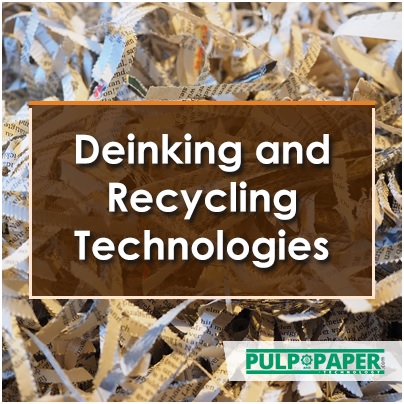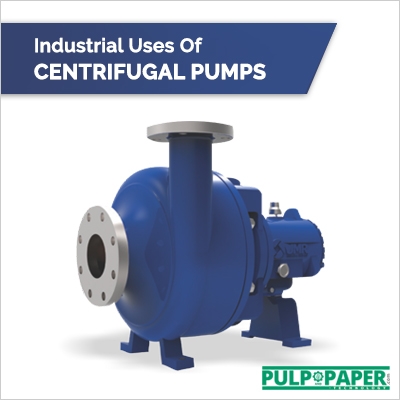Relating Nanotechnology in the pulp and paper industry for best results

There are great advancements happened in research and development area by the nanotechnology since few decades. Whereas in pulp and paper industry this not an absent one for development and this relation has taken place from massive research motivated about nanocellulose. This is drawn from the wood that is synthesized naturally and composed of nanofibrils with less than 20 nm width.
There are benefits from the nanocellulose in TMP based and filed paper and here the strength was improved much better. Because of the property of nanocellulose as greater absorption of water and can drain in wet web of a paper machine, there is a limiting factor exist to use nanocellulose in the scale of industry. There are proofs to overcome this challenge.
When we observe the developments in conventional paper and the nanopaper is look like as a keyword. In nanopaper there are extreme number of high barrier properties and convention plastics on the basis of oil and are conventional which is superior and comparable. Because of the strength involved intrinsically, cellulose nanofibrils and their self-assemble capability and strong nanobarriers, dense and nanocomposites can be produced.
There are certain advances happened to change the surface of cellulose of nanofibrils and films thus control the surface hydrophobicity. This is the most significant aspect in considering the packaging applications of food and beverages. There is an additional benefit that from change in surface of cellulose nanofibrils also significant for the applications which are novel and these are like emulsions stabilization that demonstrates diesel emulsion fuels to be promised.
There is a necessary action required on this aspect for realizing the above discussed applications and advantages that require effective industrial production of nanocellulose development. These are available with affordable costs for production. The nanocellulose production in industry has great scope and this is considered to be a greater achievement implied in the nanocellulose from wood that can be manufactured in large quantities. This is going to be a major advantage compared to the bacterial cellulose. There is a need of understanding which is very comprehensive for nanocellulose chemistry and its structure is adequate to produce the nanocellulose and their applications. There are certain active contributions from research community and shedding light into the terms of structural characterization and classification based on optical methods, electron microscopy.
In short run, there are various applications which are novel to promise in this area of nanotechnology and the functional additives and drilling mud’s and oil recovery. Because of smooth surface nature and low porosity of nanopapers, there is potentiality for paper electronics. In this context, a strong and transparent nanopaper is renewable and has wide applicability of nanocellulose in functionalized nanostructures.
This is significant that verification for biocompatibility is adequate and enables novel applications as biomedical by nanocellulose. The potential for nanomaterial is very high in market and has huge scope in future era of nanotechnological development is possible with continuous motivation and efforts.









